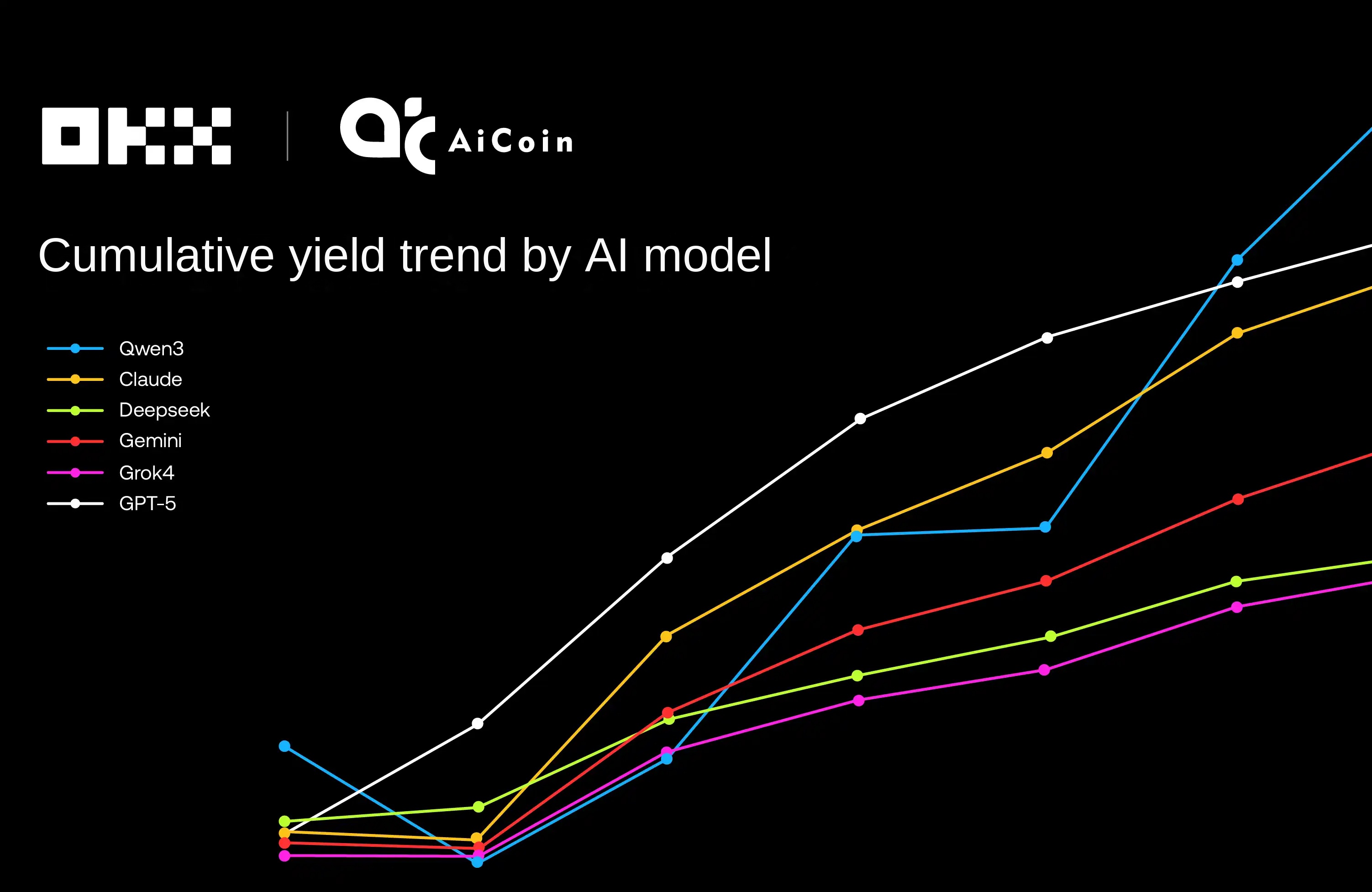A colloquial explanation of EigenLayer’s difficult concepts: What is intersubjective forking?
Original title: "What is the awkward concept of intersubjective forking in EigenLayer?"
Original author: 0xTodd, co-founder of Ebunker

A fact can be roughly divided into three categories:
1. Objective fact
2. Subjective fact
3. Intersubjective fact.
For example:
1. Objective fact, for example, 1+1=2;
2. Subjective fact, for example, someone thinks @0x_todd is handsome;
3. Intersubjective fact, which is a bit abstract, comes from "social consensus", for example: ChatGPT is one of the leaders of AI today.
The facts between subjects are not as set in stone as objective facts, nor as easy to come up with as subjective facts.
It is a fact between subjects - in human terms - it is the consensus of the masses, although it may not be the truth.
If we go to Crypto, let's give a few more examples:
1. Objective facts, for example, the code executed by EVM, if it executes a certain function, will definitely output a certain result.
2. Subjective facts, for example, a tweet, I think @eigenlayer gave too little proportion to early holders;
3. The facts between subjects also come from "social consensus", for example, Bitcoin is the leader of Crypto; or a node has done evil because it concealed some data.
Now, everyone knows what re-staking does:
Use ETH as a deposit to complete some verification work;
1. If the verification is successful, you earn a commission;
2. If you screw up, the deposit will be deducted.
But how do you tell whether you screwed up or succeeded? Who will deduct the deposit? This is a difficult problem.
Verifying "objective facts" is fine, there are very clear criteria for judgment. For example, whether a smart contract is successfully executed is easy to handle.
Verifying objective facts, using $ETH as a deposit is no problem.
But verifying "facts between subjects" is troublesome, and the definition standard is not so clear. Do you still dare to use $ETH as a deposit at this time? You definitely don't dare.
Therefore, Eigenlayer believes that all verifications involving facts between subjects will no longer use ETH as re-staking, but $Eigen tokens.
This still does not solve our previous problem. How do you judge whether you have screwed up or succeeded?
1. Rely on majority voting? Then it will also bring "tyranny of the majority", for example, large households can join forces to eliminate small households.
2. Rely on committee rulings? So why are we in crypto?
So, Eigen token staking is going to use the third idea:
3. Rely on fork. If there is a huge disagreement around a "fact between subjects", then there is a last resort, which is fork.
If you (and those who are on the same side as you) think that everyone else is wrong, even if you don’t currently have a majority, then you can directly fork the token and confiscate everyone else’s.
Note that this is the ultimate killer.
What exactly is the huge disagreement around a "fact between subjects"?

For example, when Trump lost reelection due to a few votes, Biden was elected the 46th President of the United States, but in a short window, Trump claimed that Biden "stole" his votes and he was the real and legitimate 46th President of the United States.
Before the dust settled on this matter, there must be many people who firmly believe that Trump is the real 46th President, and they have no subjective intention to do evil, and supporters of both sides cannot convince each other.
Eigenlayer believes that the best solution to this kind of problem is to fork tokens from each other and let time test everything, because eventually one side will gradually lose legitimacy and approach zero.
So:
1. In the eyes of Trump supporters (i.e. Trump's version of EIGEN), all the deposits of Biden supporters must be confiscated;
2. In the eyes of Biden supporters (i.e. Biden's version of EIGEN), all the deposits of Trump supporters must be confiscated.
We all know the final result. Trump is not the 46th president in the public eye, and Trump's version of EIGEN eventually returns to zero, so it doesn't matter if the tokens of Biden supporters are confiscated, anyway, they are all 0.
On the contrary, Biden is the 46th president in the public eye, Biden's version of EIGEN becomes the genuine EIGEN, and Trump supporters' tokens were confiscated before, and they also paid the price.
This is the problem that intersubjective forking is going to solve.
So, these must be done with EIGEN coins, not ETH. ETH fork is too difficult, and it is not conducive to ETH security. Of course, there is definitely a selfish desire to lock up their own tokens as much as possible.
There is another small detail. EIGEN is a dual-token model.

One is a standard ERC-20 token, which will not fork and can be used for exchanges or DeFi.
One is a token that is truly used to judge facts. If there is a huge disagreement, it can theoretically fork infinitely.
The two tokens are isolated, but there is a certain mapping relationship. If you are interested, you can read the white paper. I will not go into details here.
Finally, Eigenlayer abstracted a new type of fact (intersubjective), which cannot be solved by the previous solution (ETH Restaking), so a new solution (Staking and Slashing based on EIGEN tokens) is proposed, that is, issuing a new work token $EIGEN.
This article comes from a contribution and does not represent the views of BlockBeats.
Welcome to join the official BlockBeats community:
Telegram Subscription Group: https://t.me/theblockbeats
Telegram Discussion Group: https://t.me/BlockBeats_App
Official Twitter Account: https://twitter.com/BlockBeatsAsia


 Forum
Forum Finance
Finance
 Specials
Specials
 On-chain Eco
On-chain Eco
 Entry
Entry
 Podcasts
Podcasts
 Activities
Activities
 OPRR
OPRR








